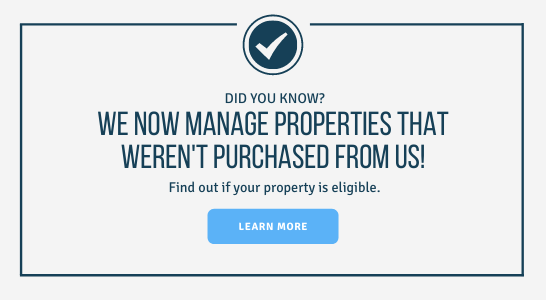-1.png?width=209&height=314&name=Blog%20(7)-1.png)
As a real estate investor, scaling your portfolio is the number one way to create wealth. After all, no one gets rich with one rental property. It’s holding multiple cash-generating investment assets that compound into lasting wealth.
But investors mustn’t mistakenly believe that all they have to do to succeed is to buy as many properties as possible. Effective scaling is more complex than that. And, unfortunately, an overly simplified approach to growing your portfolio can backfire!
So, how do passive SFR investors ensure they’re approaching portfolio growth correctly? Follow these key principles:
Scaling Principles for SFRs to Maximize Your Success
Principle #1 – Create multiple streams of income.
Obviously, the goal of scaling goes beyond cash flow. Real estate investors benefit from passive income, but they also benefit from equity, appreciation, and tax incentives. With that said, when buying investment properties, the goal is for those properties to consistently generate income.
Ask yourself why you’re buying another property. With big-picture and small-scale goals in mind, you’ll be better able to buy with purpose and intention. But at the end of the day, we must understand that scaling is necessary.
Principle #2 – Streamline property efficiency.
The necessity of portfolio growth doesn’t mean property acquisition is the end-all, be-all. We understand better than anyone that solely focusing on more can cause more problems than profit. Consider this: there are ways to grow your portfolio that don’t mean buying another rental property.
Part of your growth is in efficiency. Are you making the most of what you have? Property risk mitigation, smart renovations, and savvy property management are all ways to increase efficiency, reduce surprise costs, and cultivate a more stable portfolio.
Principle #3 – Don’t define success with doors.
Have you ever watched “Hoarders”?
A common theme repeated throughout the show is the delusion that an accumulation of things is worth something. So many hoarders face the harsh reality that what they’ve squandered their money on doesn’t bring them a good return. Maybe they didn’t keep their things in good condition when they could have been valuable otherwise. Or, perhaps they were mistaken to begin with.
It’s sad to watch.
But here’s the thing: investors can fall into the exact same trap. If we focus solely on hoarding properties – on buying as many as possible – we’re bound to run into trouble. Consider that if your primary concern is holding properties, you will likely a) buy several cheap properties instead of one solid property and b) continue to hold onto properties you really should let go of!
Further Reading: Your Investment Strategy Shouldn’t Rely on Cheap Rental Properties
On the one hand, yes. Buy more properties. On the other hand, don’t buy just to have more. Buy with purpose and specific criteria in mind when the time is right. Similarly, let go when it doesn’t make sense to hold on.
Principle #4 – Stop trying to find the “perfect” properties.
Be picky. Know what you’re looking for and what you don’t want. But also guard yourself against wanting a property to be perfect. Because it’s not going to happen! Too many investors get emotionally invested in their properties. They get attached for reasons that don’t contribute to their bottom line. If you wait to fall in love with a property before you buy, you could be waiting a long time.
Emotional attachment, unrealistic expectations, and leaning on aesthetic preferences instead of investment potential all lead to muddied decision-making.
Principle #5 – Pay attention to performance data.
Investors must be diligent in assessing and interpreting performance data. You may not be wrapped up in day-to-day management, but this is where your engagement is paramount to success. Carefully comb over every report. Track how things shift over time. Know what you want to see and where you draw your line in the sand. Make decisions based on data.
Principle #6 – Take a systematic approach.
Systems are so critical. As an investor, you want to streamline and standardize how things are done. This happens when you rely on long-term partnerships, such as with a turnkey partner or property management company. You can expect consistency across the board if they execute their job the same way regardless of the what, who, and where. Not only does this remove some variables that can impact performance, but it keeps your contacts in one place and your mission on the same page.
Principle #7 – See other investors as assets, not obstacles.
Other investors may seem like competition rather than companions, especially when inventory is tight. But here’s the reality: other investors are assets. Leverage their experience – both successes and failures – to foster your own success. Network. Share lessons learned. Make recommendations. Close investor relationships are a source of support and mutual benefit for your portfolio!
Partner with REI Nation – we help you scale a successful SFR portfolio on your terms. Your advisor is waiting!










-1.png)
.jpg)
